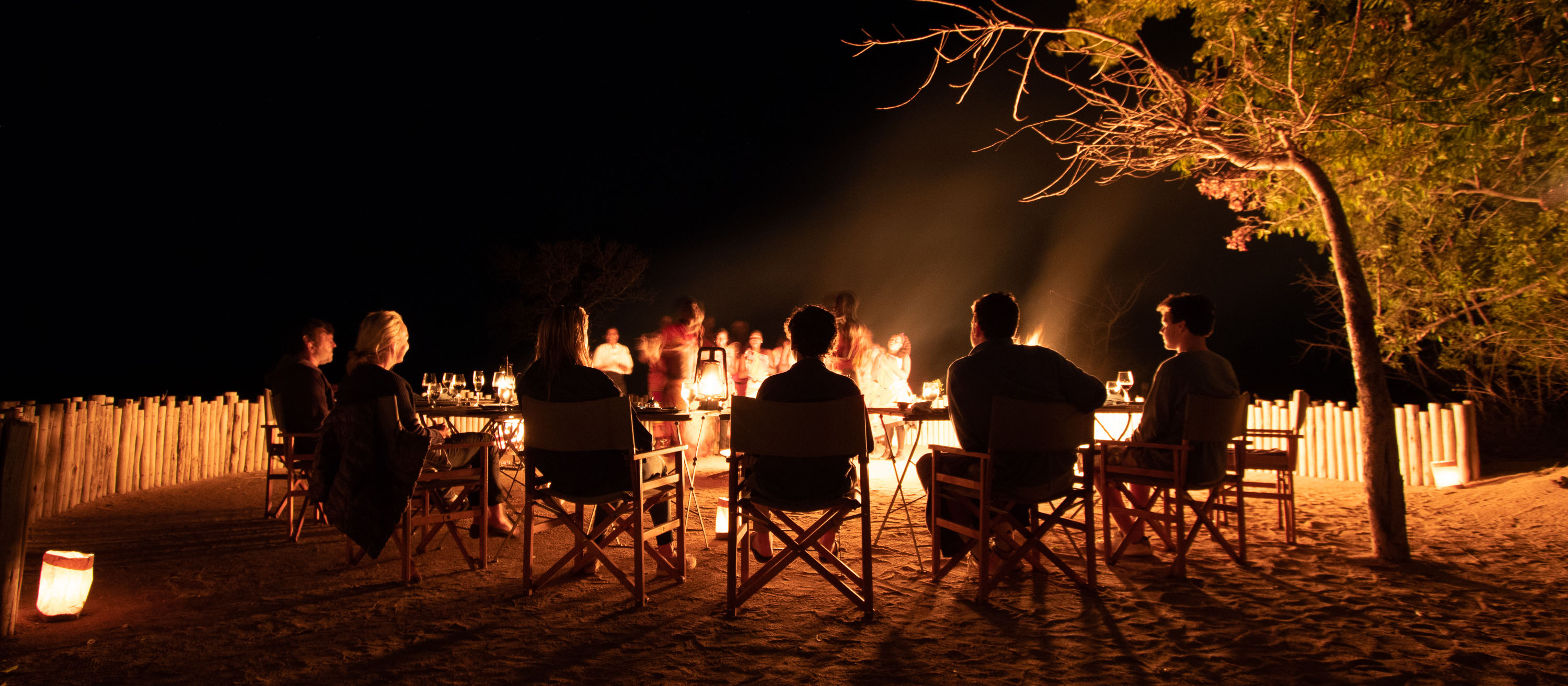The Lungs Of The Earth
Climate change is a hot topic of debate that is on everyone’s lips at the moment. Science has offered many different outcomes that vary from researcher to researcher but all but a few foresee a bleak outcome. As the largest number of fires on record burn in the Amazon, I thought I would take a moment to look at a forest that I have just visited and share its biodiversity and importance.
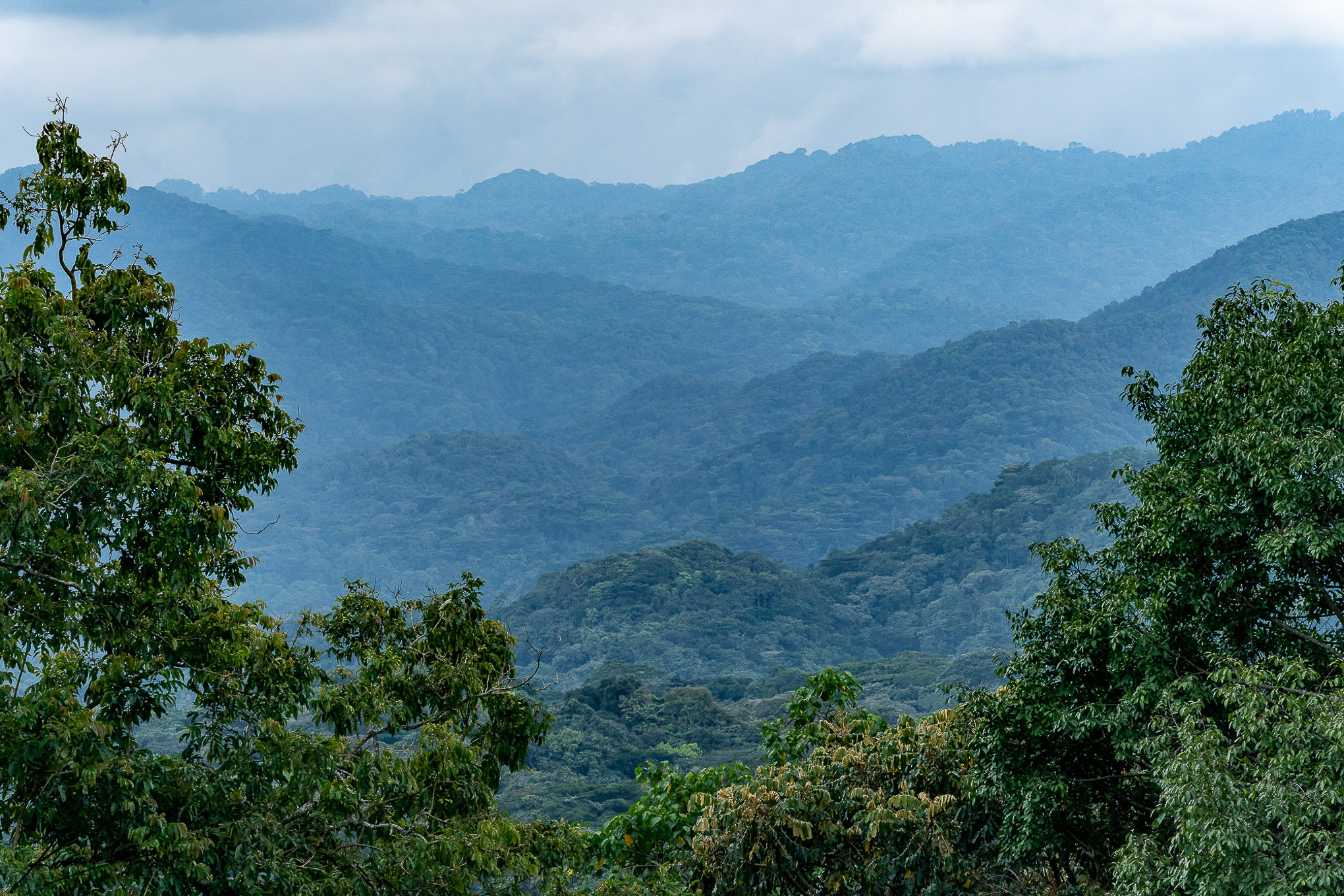
Here I sit sit fresh off an incredible adventure through Uganda where I visited the chimpanzees and gorillas, both of which are reliant on tropical rainforests as their homes. Both of which are in danger of extinction. One of their greatest threats is habitat loss and this loss is both malicious in the form of loggers and those that are have as much of an impact but are done for the purpose of subsistence farming. The practice of slash and burn agriculture is one that has a devastating effect on the forests as parts are cleared for agriculture. The population of Uganda in 1969 was just over 9 Million people and this has grown to 44 Million today. That steep increase in population has to take its toll somewhere and the first thing to suffer is natural habitat.
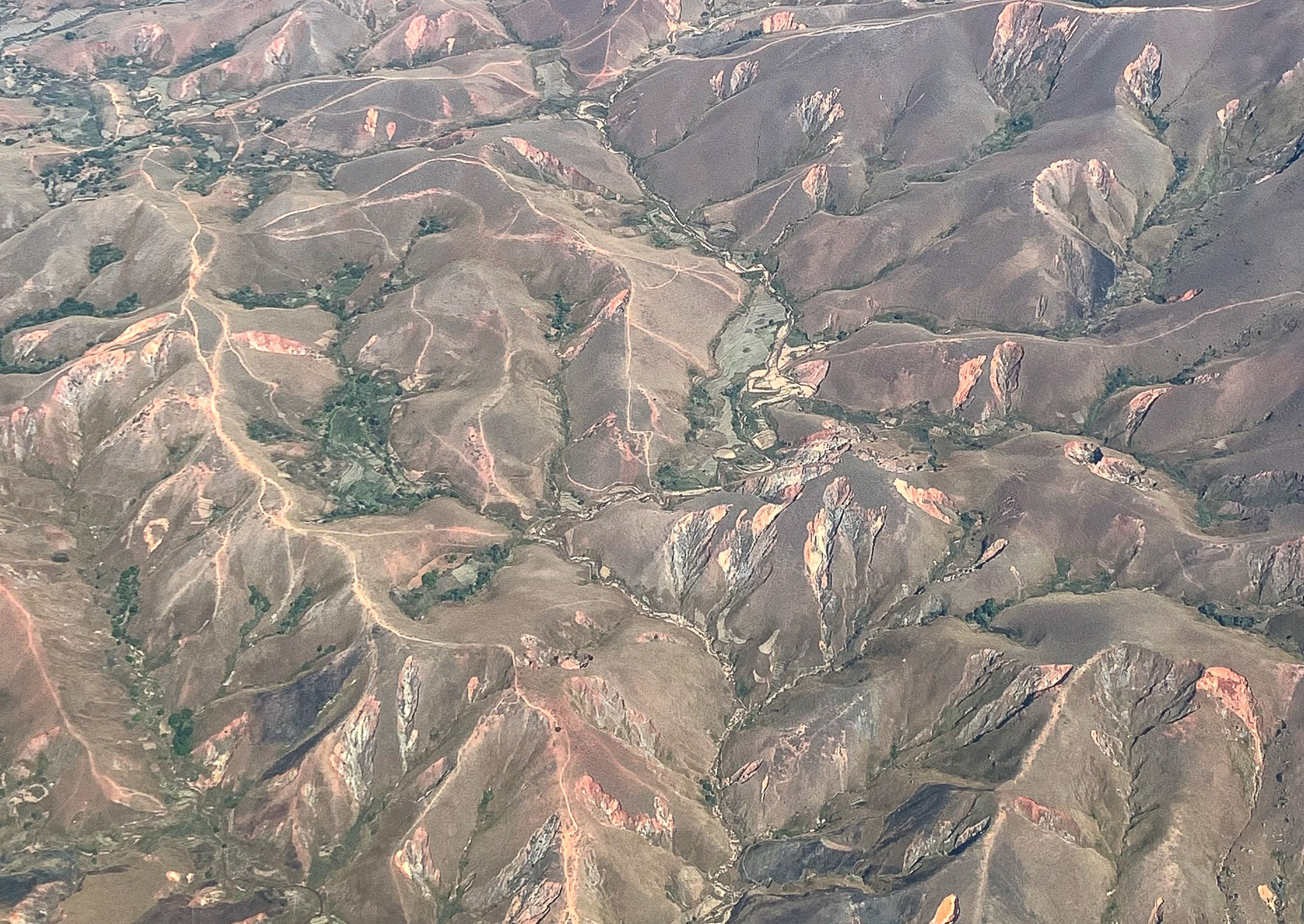
While visiting Bwindi Impenetrable Rainforest in the south of Uganda I came across a graphic show just how the forest had been whittled away over the last 1000 years. I wish I could say I was shocked but I wasn’t, what these images did do was to reinforce what I already knew, that we have been eating our way through these areas and not in small bites.
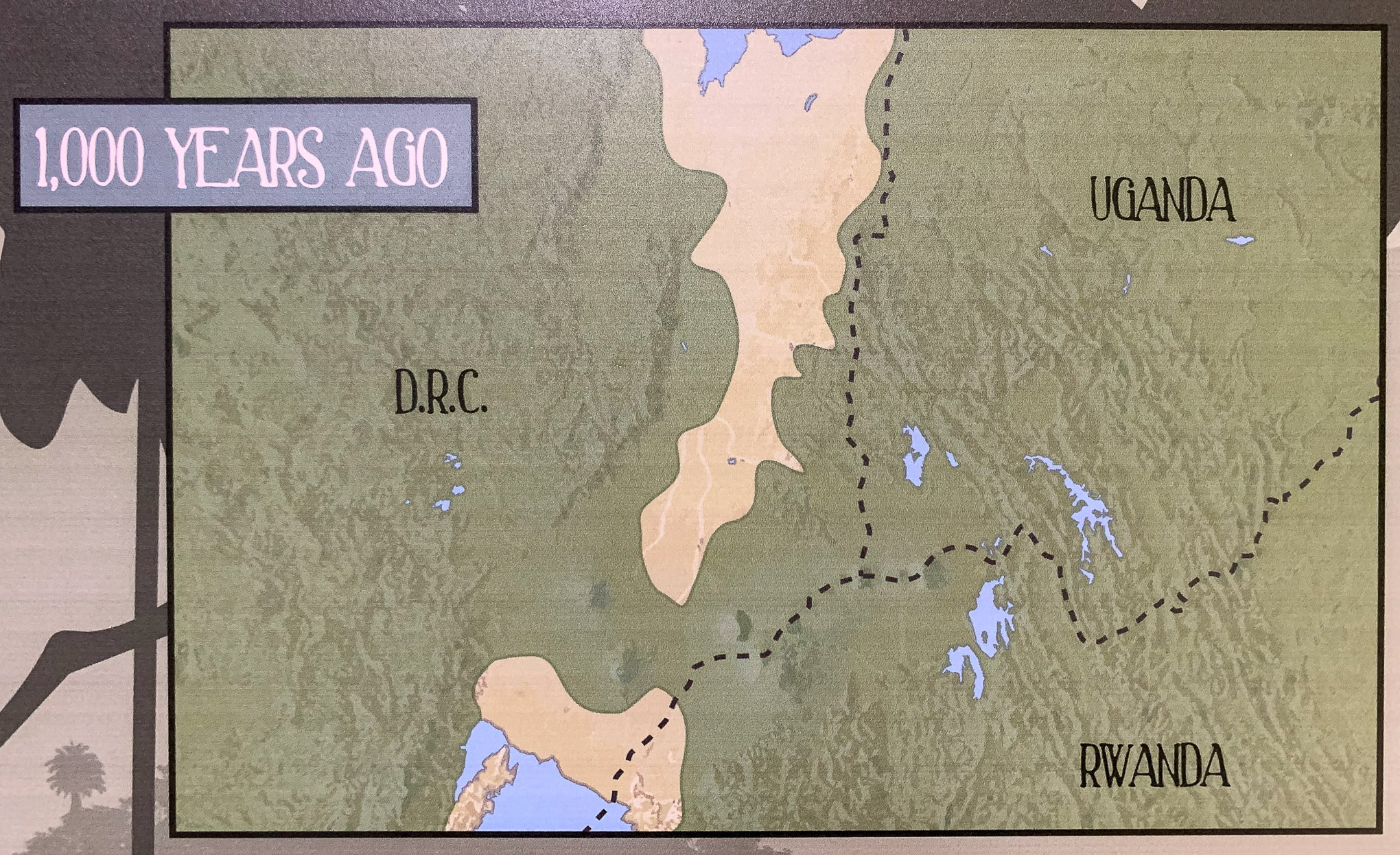
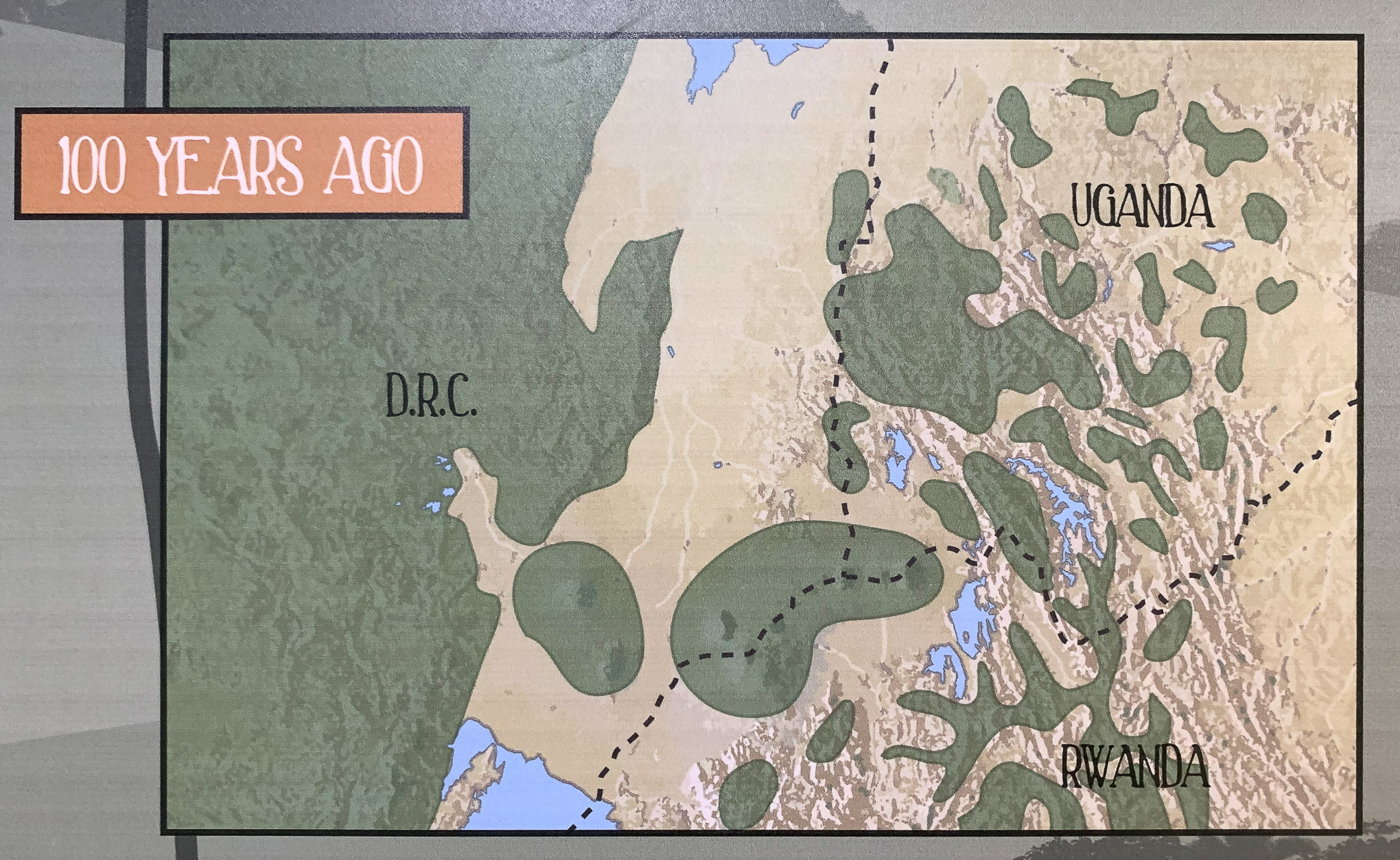
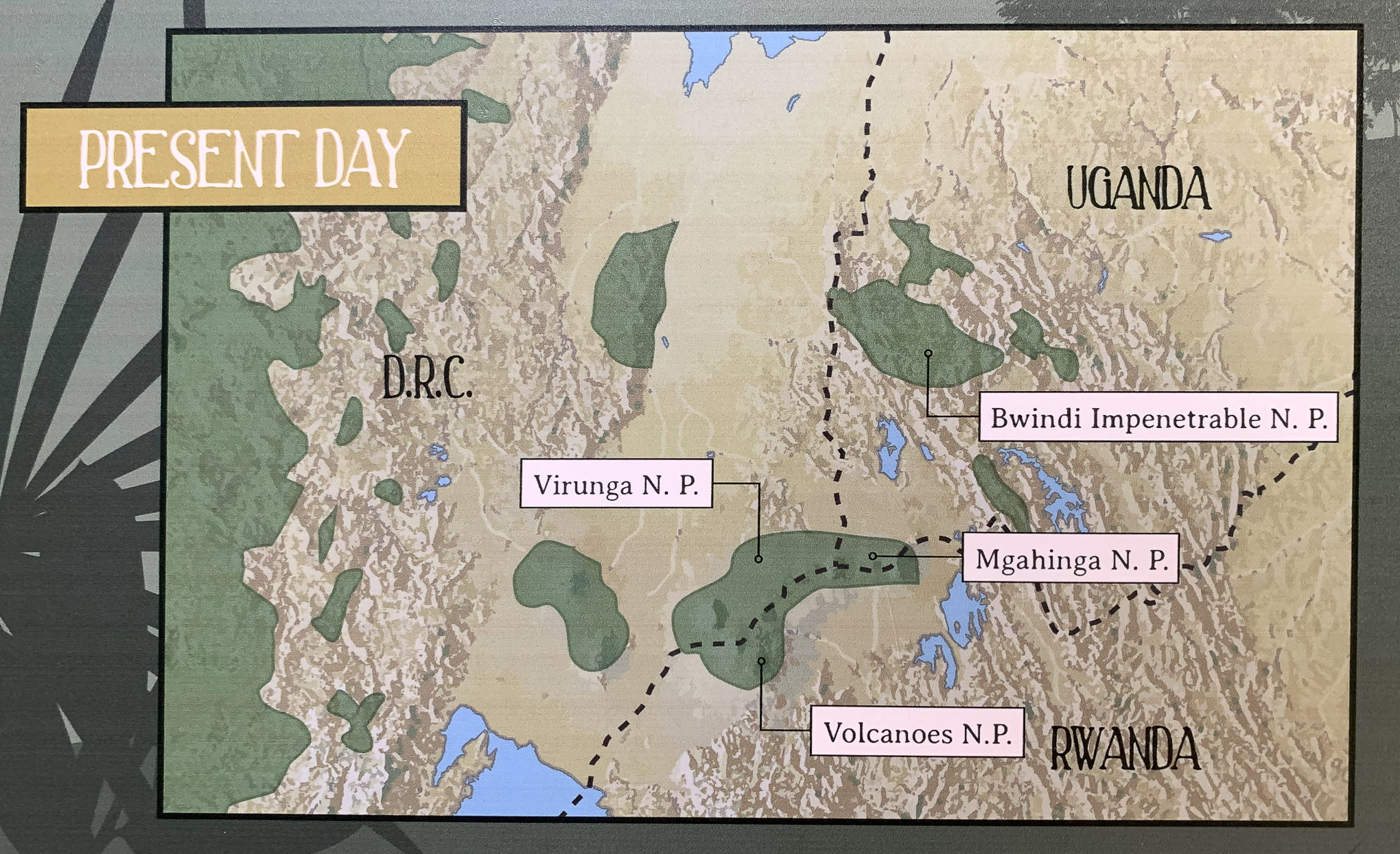
The impacts of this dwindling of the forest have various effects from local to global. Locally the forests include the obvious loss of species that occurs when there is no place to live. It also affects the water cycle and the local climate, without trees to absorb water and send it back into the atmosphere rainfall and river flows are affected. With the loss of the trees so go the roots which bind the earth and lead to soil erosion and the World Wildlife Fund states that a third of the worlds arable land has been lost through deforestation and the associated soil erosion.

Beyond the local impact of deforestation the global effect can be catastrophic. The forests of central and western Africa have a direct impact on the weather patterns experienced in parts of Europe and the United States. The ability of these forests to store carbon and clear the atmosphere of greenhouse gases is another huge point and as we lose these forests so we lose the filters we require to keep our environment the way it is.
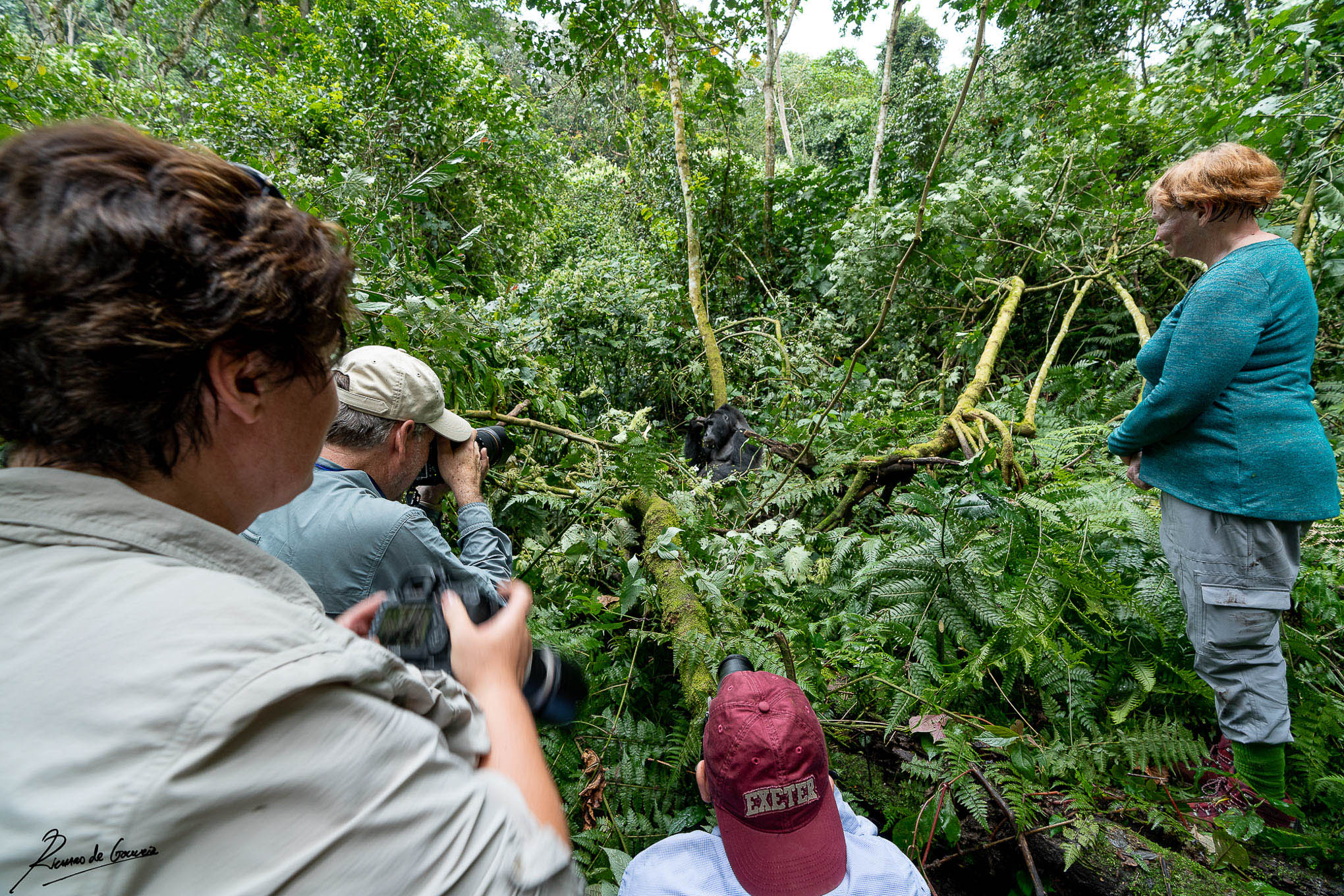
Tourism is one really positive way that we can protect the forests that we have as tourism attaches a value to these forests far larger than the crop that will take its place or the lumber that will be sold. It is a sustainable recurring value that begins to lift the surrounding communities as jobs are created and new skills are learned. As an example, those that were once poachers of bush meat including gorilla meat are now working with tourists in this incredible forest to help them get to see these gorillas. The value created by the gorillas in Uganda and Rwanda have turned into a multi-billion-dollar industry and as we have now been seeing, top end lodge are buying back pieces of farmland in order to reforest them and create exclusive land for themselves which in turn gives more space for other animals including gorillas to grow their populations. Mountain gorilla populations dropped as low as 220 individuals and with the latest census not even complete the numbers are well over 1000. This is the perfect example of how tourism can positively impact environments and create positive change. Lets hope we can find more ways to add value to these areas and bring about sustainable tourism and save what forests we have left.
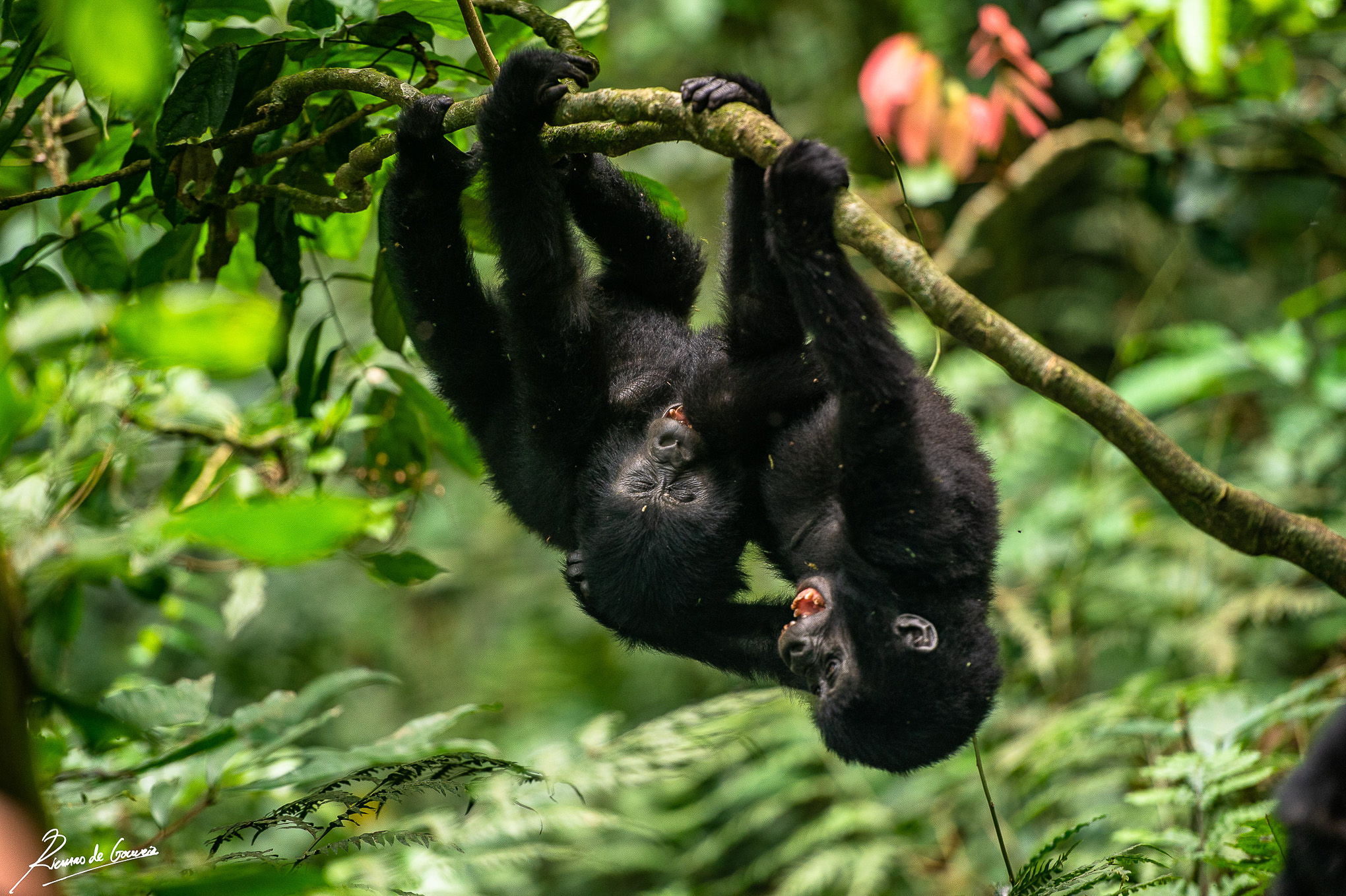
Let us hope that we can preserve the last remaining tracks of forest so that future generations get to experience their wonder.
Regards,
Richard and the Safari Architects of the team.




